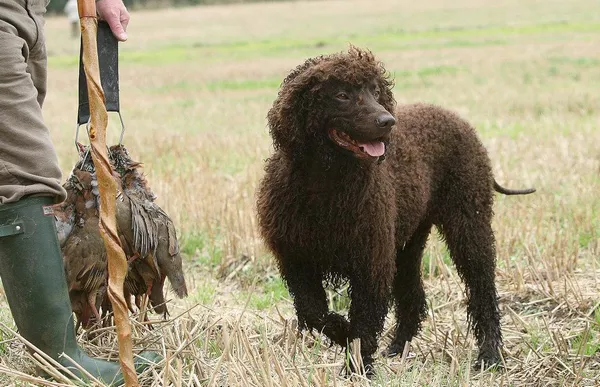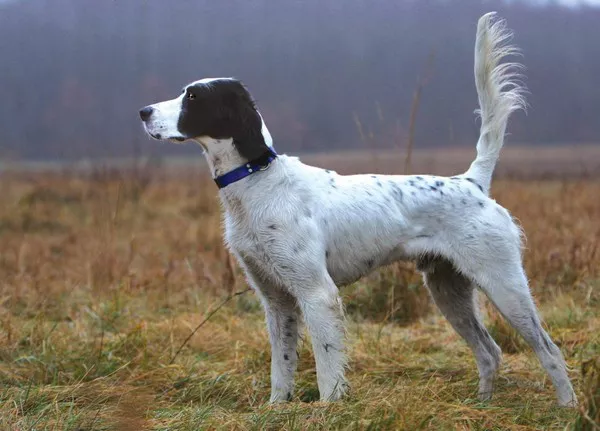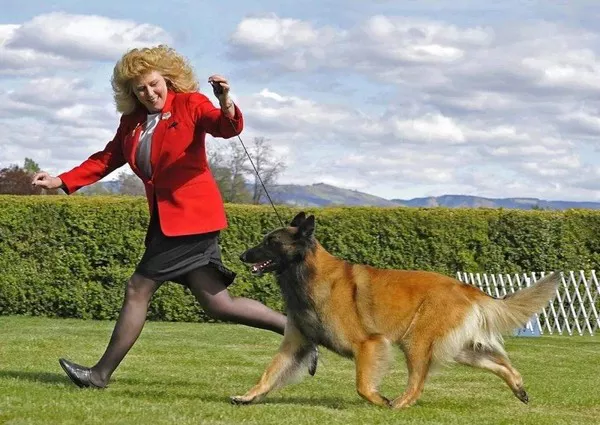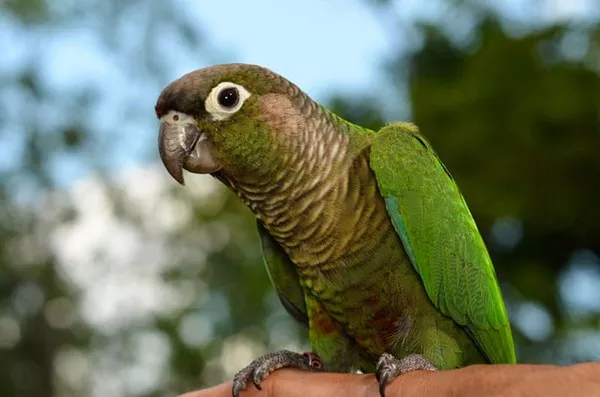Mycotoxins, toxic compounds produced by certain fungi, present a significant risk to the pet food industry. These poisons can contaminate ingredients and have severe health consequences for pets. A notable example is the 2021 feline pancytopenia outbreak in the UK, which led to the deaths of over 350 cats, allegedly due to mycotoxin-laced cat food. Dangerous mycotoxins, such as aflatoxins, zearalenone, deoxynivalenol, and fumonisin B1, have been identified in pet food products globally. Exposure to these toxins can result in both immediate poisoning and long-term health issues, including immune suppression, liver damage, kidney toxicity, and cancer.
The early and accurate detection of mycotoxins in the pet food supply chain is crucial in preventing these health threats. However, conventional detection methods, including chromatographic techniques and immunoassays, often require complex sample preparation and expensive equipment.
AI-Powered Detection: A New Frontier
In a pioneering study, scientists from the Chinese Academy of Agricultural Sciences sought to develop a more cost-effective, rapid method to detect zearalenone, a common mycotoxin, in pet foods. The team combined electronic nose (E-nose) technology with machine learning algorithms to create a novel detection system. E-nose technology detects volatile compounds linked to mycotoxin contamination, while machine learning enables the system to learn and improve its detection capabilities over time.
The results of the study, published in the journal Toxins, showed that this integrated approach could identify mycotoxin contamination with high accuracy. The team analyzed 142 pet food samples collected in China between 2021 and 2023 for zearalenone contamination. Using E-nose technology, researchers captured volatile compound profiles and classified contamination levels. Their machine learning models, trained on these profiles, demonstrated a 90.1% accuracy rate, confirming the potential of this method as a reliable alternative to traditional detection techniques.
Key Advantages of AI-Enhanced Detection
This breakthrough offers several key benefits for the pet food industry:
Speed and Efficiency: The E-nose can quickly analyze multiple samples, enabling real-time decision-making during production.
Cost-Effectiveness: Unlike traditional methods that rely on costly equipment and labor-intensive procedures, the AI-powered approach reduces operational expenses.
High Accuracy: The ensemble machine learning model achieved a 90.1% accuracy rate, surpassing the performance of individual models and ensuring reliable detection.
Implications for the Pet Food Industry
The integration of E-nose technology with machine learning presents a promising solution for the pet food sector. By offering rapid, accurate, and cost-effective detection, this technology could help manufacturers improve product safety, meet regulatory standards, and address consumer concerns about food quality. As mycotoxin contamination remains a persistent risk, innovative detection methods like this one could play a crucial role in protecting pet health and maintaining consumer trust.
Furthermore, the broader adoption of advanced technologies in quality control could help the pet food industry set new standards in safety and innovation. With further development and large-scale implementation, E-nose technology could become a key tool in managing mycotoxin risks, ensuring the continued safety and quality of pet food products globally.
Related Topics:



















